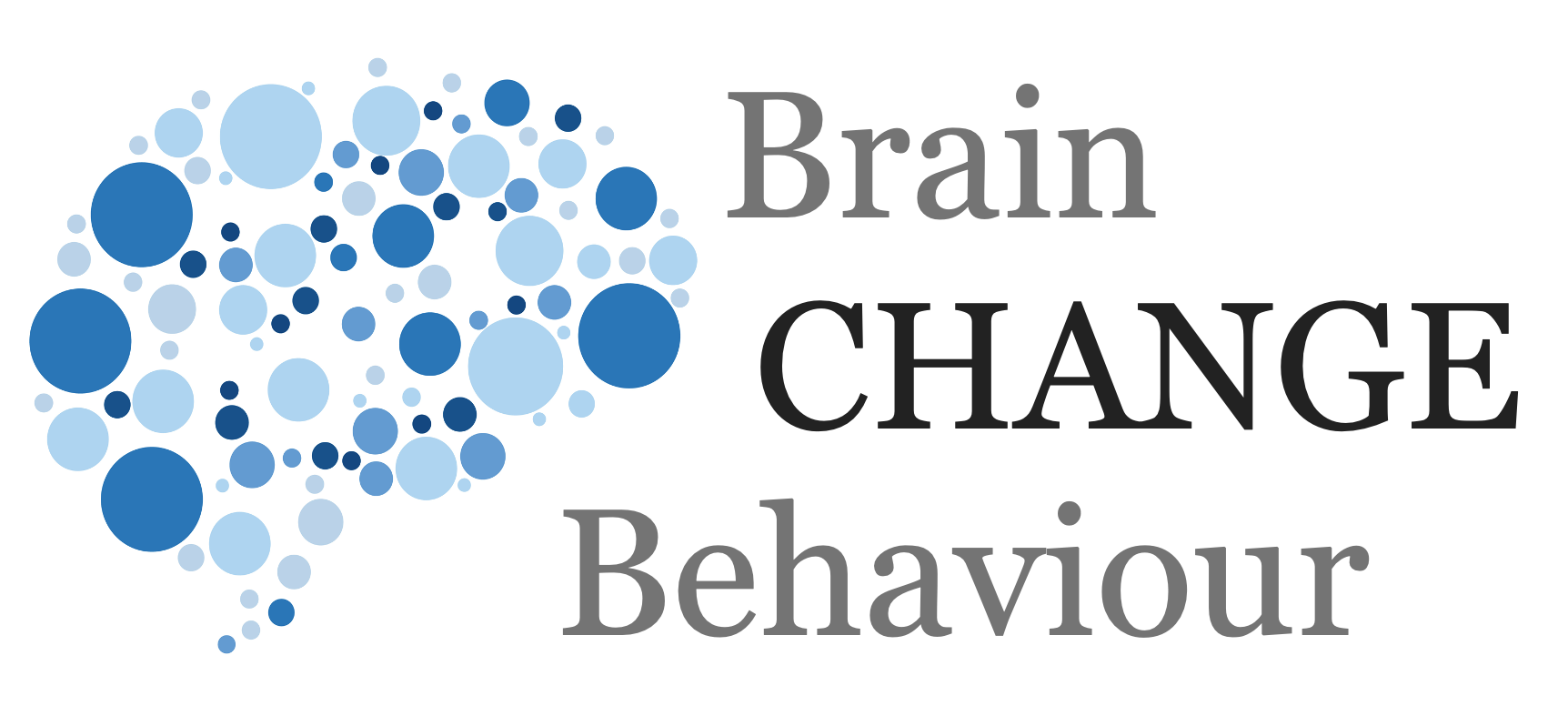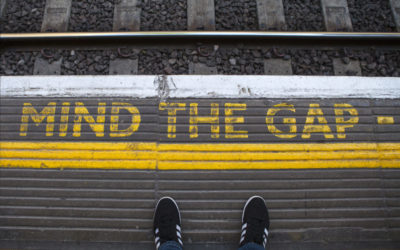Quick Hits
Brief research updates from the cognitive sciences

So what do you mean by “nudges”?
Richard Thaler is considered is one of the founding fathers of nudge theory in the behavioural sciences proposing nudges as the best method to modify people’s behaviour. Made popular by his book Nudge in 2008.
Nudges are environmental cues that help to modify people’s behaviour without limiting choice. For example if a healthy choice is listed as the number one meal in a canteen, more people choose the healthy option.
And this does work?
Well, there has been lots of evidence to prove that various nudges do work but as always in science, scientists want to be really sure and make sure this is not just a statistical glitch or biased research. So a group of researchers around Stephanie Mertens at Geneva University analysed a whopping 450 strategies to see what the overall effect was across all these studies.
And the results?
As the title of this Quick Hit suggests nudging is effective but it seems more effective in certain areas — most effective when it comes to healthy eating. The effect was also seen in many other areas but wasn’t as strong and depends on the strategy (e.g. information, changing choice, or changing environment).
Why do these work?
One thing they talk about is “choice architecture” — because nudging does not limit choice, we do not feel coerced which in turn can create a negative impact and backfire.
Nudges also tap into our natural biases and instincts, but in the case of nudges to the benefit of the recipient and society at large through, for example, better health, better quality of life, and lower healthcare costs.
So, use nudging to change people’s behaviour…
Yup, but remember some areas and strategies are better than others!
And will this work with my children?
Yes, of course…
© leading brains 2022
Reference
Stephanie Mertens, Mario Herberz, Ulf J. J. Hahnel, Tobias Brosch.
The effectiveness of nudging: A meta-analysis of choice architecture interventions across behavioral domains.
Proceedings of the National Academy of Sciences, 2022; 119 (1): e2107346118
DOI: 10.1073/pnas.2107346118
More Blog Posts
The Value-Action Gap
The value-action gap has multiple other names: attitude-behavior gap, intention-behavior gap, KAP-gap (knowledge-attitudes-practice gap) or belief-behavior gap.
It refers to the gap between what people often say they value and their subsequent actions or willingness to meaningfully contribute to this value.
Uncertainty Changes Behaviour (But Boiling Frogs Doesn’t)
Why do people make random and unpredictable decisions when uncertainty arises (such as buying toilet paper at the start of a pandemic)?
Deadlines Increase Procrastination
What! I’d get nothing done without deadlines!
Ditto, though I can be very productive, I have a natural tendency to procrastinate. In fact it is one of my natural talents!
To Change, Start Right Away
Sorry, stupid question right off the cuff. Change what?
Well, in this recent study they were looking at changing health behaviours.
Followers Make Group Decisions a Lot Worse, or a Lot Better
First off, why is group decision-making important?
Well, a lot (just about all, if you think about it) of the biggest decisions in society and in business are made by groups: executive committees, governments, even the population in referendums.
The Right Rewards Boost Creativity in Business
So who doesn’t want to have creative ideas in their business.
The problem is getting employees to be creative while doing their day job as well. We also know that just asking or demanding creativity can diminish creativity and innovation!
Changing Your Personality — Even If You Don’t Want To!
Are you telling me that our personality can change even if we have no motivation to do so?
In a nutshell, yes. But it depends on which personality trait!
Exercise is Infectious
This is an older study (2017) I came across and found fascinating. As many of you regular readers will know I have reported many times on the benefits of exercise.
Why our Brains Miss Opportunities for Innovation
When we think of innovation we think of creating something new. A new study shows that, however, we, by default, try to add something whereby subtracting something could make something better.









